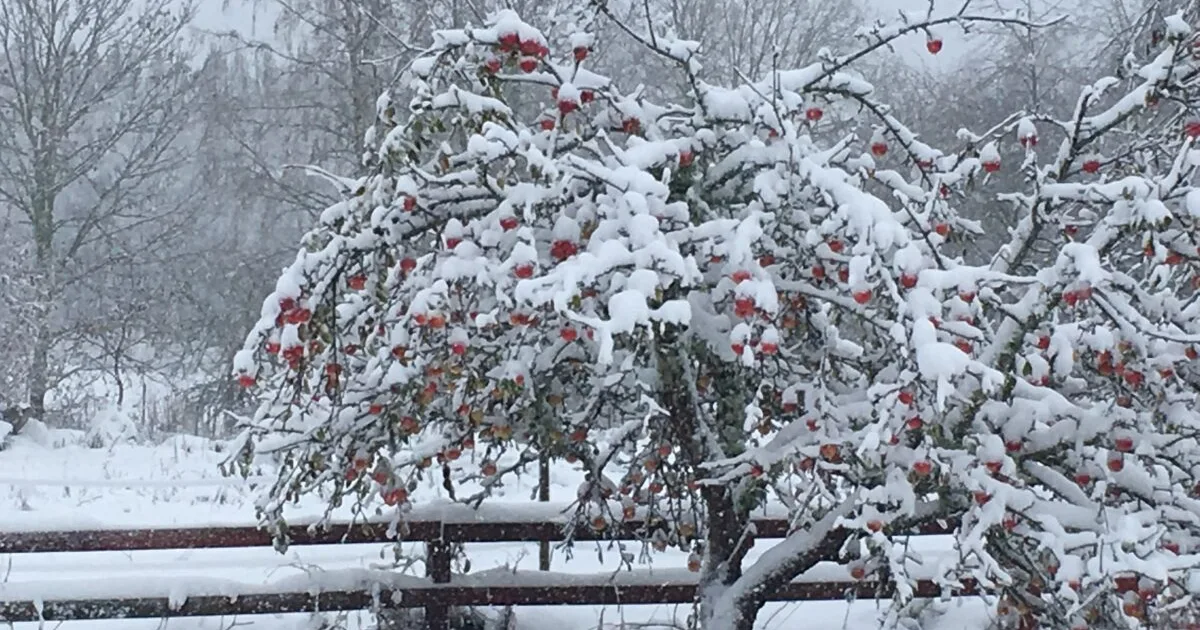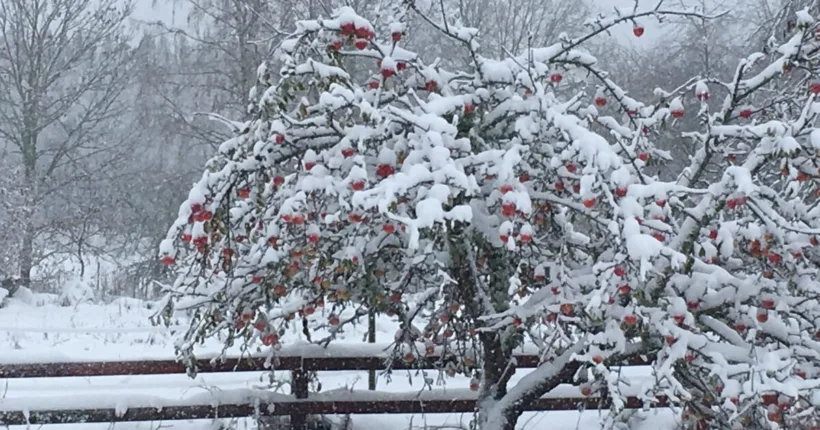If you happen to live in the southern part of Sweden in November you may find it difficult to love water…
Here and now, water in its liquid form comes with harsh winds straight in your face, or diffusing through clothes, skin and flesh to chill your bones. But soon (should global warming allow), we too will see water in one of its solid phases, as snowflakes with their distinct and unique pattern, or as crystallized ice on pavements as well as picturesque icicles hanging from our roofs. As colloidal chemists, however, there is another water phase that we value tremendously: vitrified water, a.k.a. amorphous ice. Amorphous ice is frozen, but in such a way that the water molecules haven’t had the opportunity to rearrange into crystals. Instead, they are frozen in the position they were in when the water aliquot was liquid and they were moving freely. Amorphous ice doesn’t show you any beautiful patterns and is rather dull when described in everyday terms. Rather, it is beautiful from a more philosophical point of view. Amorphous ice is a snap-shot of the system as it was at the elevated temperature, a snap-shot of the living moving system, a picture of random movement. But for a colloidal chemist, there is also a more practical reason behind the love for amorphous ice…
Many of the systems we want to study contain a lot of water, because we study cells, proteins in aqueous formulations or liposomes as drug vehicles. We like to have a look at our systems and we use electron microscopes, a microscope where your sample must be solid when studied. So, we need to freeze such samples to be able to see them. However, as most of us know, water crystals take up more space than liquid water and if we let crystals form while freezing the sample, the crystals will distort and sometimes destroy the system that we want to study. And this is where amorphous ice comes in as a saviour. When we freeze the system super-fast, crystals have no time to form, everything is instantly frozen, with the amorphous ice being the perfect backdrop to the system we want to understand. This type of solidification is called vitrification and the methods developed around it led up to the cryo-electron microscopy technique and the 2017 Nobel Prize in Chemistry.
Vitrification is part of the CR tool box and it is great to see it in action also at fairs, where sugar is cooled to candyfloss. Nevertheless, for the festive season also we, the colloidal chemists, are hoping for solid water in the shapes of silent snowflakes and picturesque icicles…
Happy Holidays!








